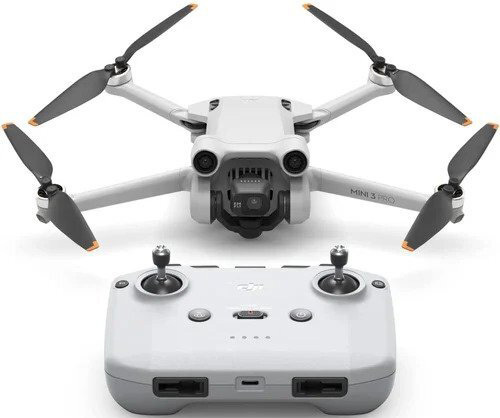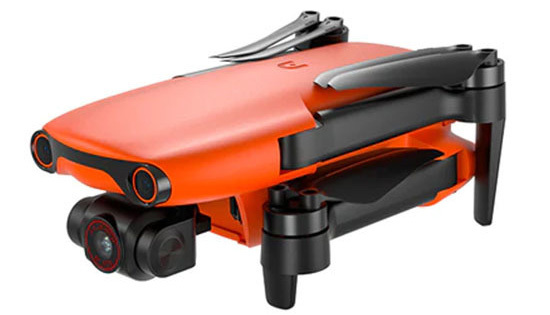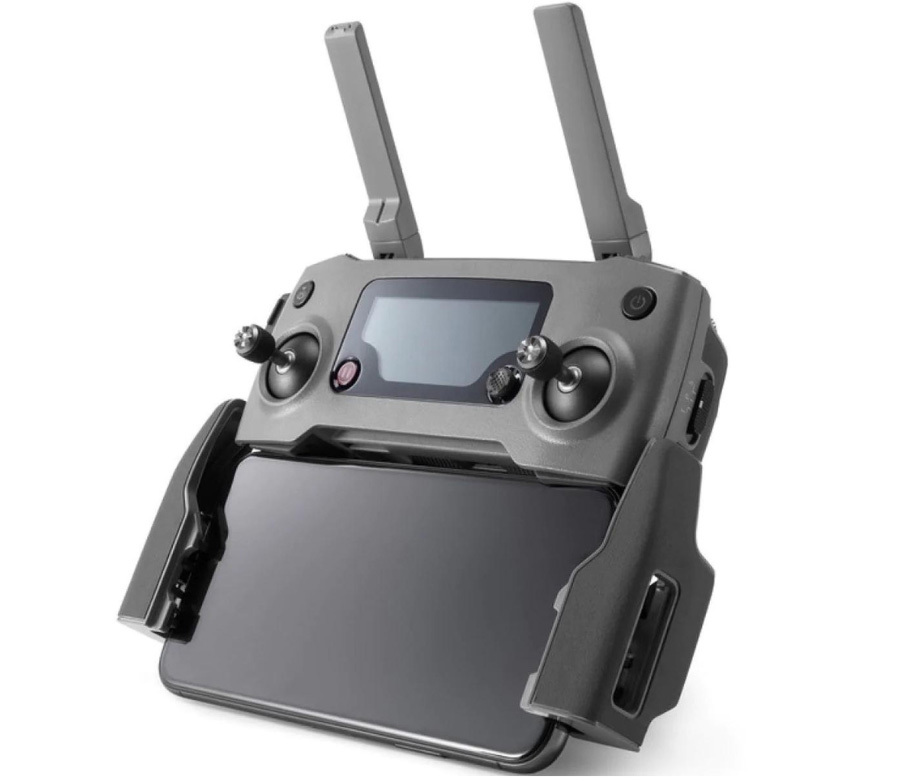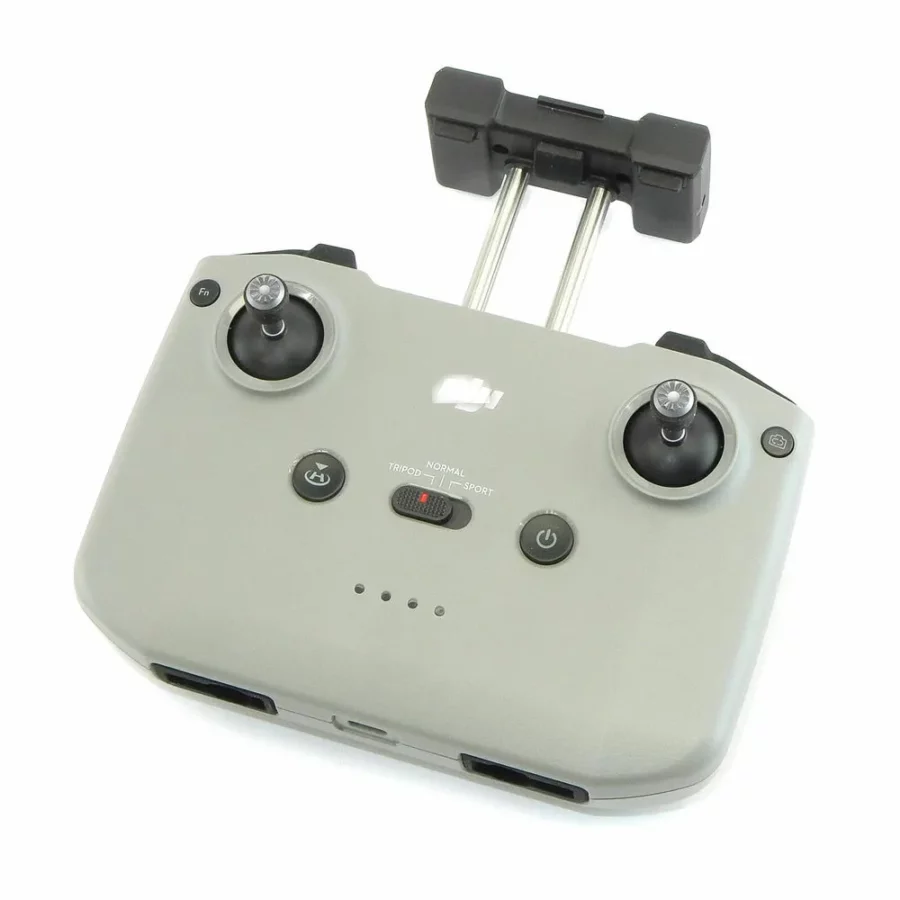Drone Rules in India: A Comprehensive Guide
Welcome to the guide on drone regulations in India. If you're planning to fly a drone in the country, it's crucial to understand and adhere to the rules set forth by the Ministry of Civil Aviation. Below, we'll break down the regulations, requirements, and procedures to ensure a safe and legal drone flying experience in India.
Understanding India's Drone Regulations
India's Directorate General of Civil Aviation (DGCA) introduced the Civil Aviation Requirements (CAR) for drones on August 27, 2018, with enforcement beginning on December 1, 2018. These regulations aim to govern the operation of drones across the country. Let's delve into the key points:
1. General Rules for Flying a Drone
Registration: All drones except Nano category ones must be registered and issued a Unique Identification Number (UIN).
Commercial Operations: Commercial drone operations require a permit, except for Nano category drones flown below 50 feet and Micro category drones flown below 200 feet.
Visual Line of Sight: Pilots must maintain direct visual contact with the drone throughout the flight.
Altitude Limit: Drones should not exceed 400 feet vertically.
No Fly Zones: Prohibited areas include locations near airports, international borders, certain government buildings, and military installations.
Controlled Airspace: Permission is necessary for flying in controlled airspace, obtained by filing a flight plan and receiving an Air Defense Clearance (ADC)/Flight Information Center (FIC) number.
2. Drone Categories
Nano: Up to 250 grams.
Micro: 250 grams to 2 kilograms.
Small: 2 kilograms to 25 kilograms.
Medium: 25 kilograms to 150 kilograms.
Large: Over 150 kilograms.
3. Required Drone Equipment
GPS: All drones (except the Nano category) must be equipped with GPS. Return-to-Home (RTH): A feature ensuring drones return to their launch point if the connection is lost.
Anti-Collision Light: Essential for visibility and safety.
ID Plate: Drones must display a unique identification plate.
Flight Controller: Capable of logging flight data.
RF ID and SIM/NPNT: To comply with the "No Permission, No Takeoff" (NPNT) policy.
4. India's NPNT Policy
Before each flight, pilots must obtain permission via a designated mobile app called the Digital Sky Platform. This policy ensures compliance and safety, as drones without permission won't be able to take off.
5. Special Travel Considerations
Foreigners are not permitted to fly drones in India for commercial purposes. They must lease the drone to an Indian entity, which will acquire the necessary permissions.
6. Contact Information
For inquiries or assistance, you can reach out to the Ministry of Civil Aviation directly.
Deputy Secretary: Ajay Yadav
Email: a.yadav@ias.nic.in
Phone: +91 011-2463-2950
Staying Informed
Regulations may change, and it's essential to stay updated. Keep an eye on the DGCA website for the latest information and announcements regarding drone regulations in India.
Flying a drone in India offers incredible opportunities for aerial photography and videography, but it's crucial to prioritise safety and compliance with the law. By following these guidelines, you can enjoy your drone flights responsibly while respecting the regulations set forth by the authorities.
For any further questions or assistance regarding drone laws in India, feel free to reach out to us at jetayugadgets.com/contact. We strive to provide accurate and up-to-date information to support drone pilots navigating the regulatory landscape.
Remember, safe flying is smart flying. Happy droning!




